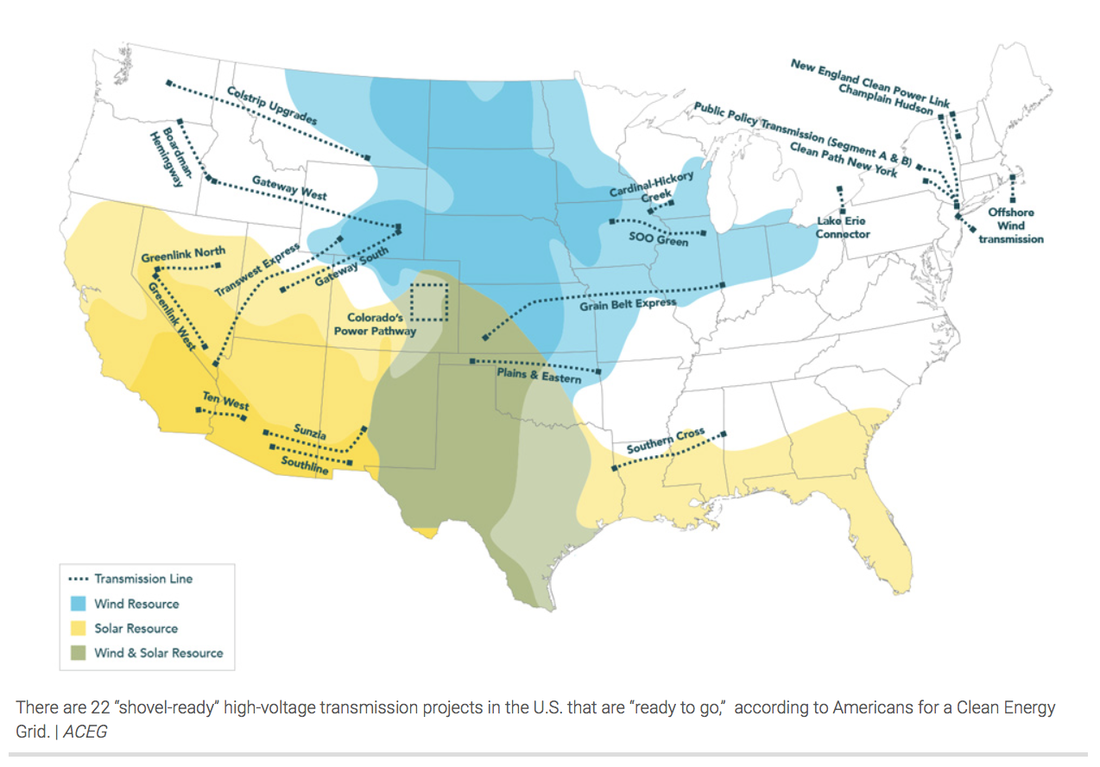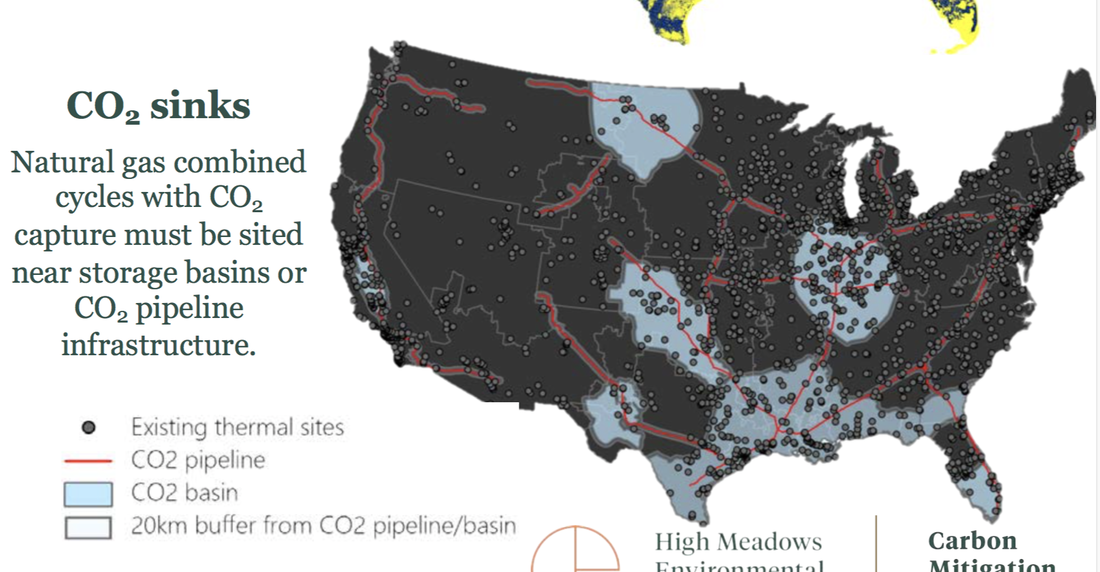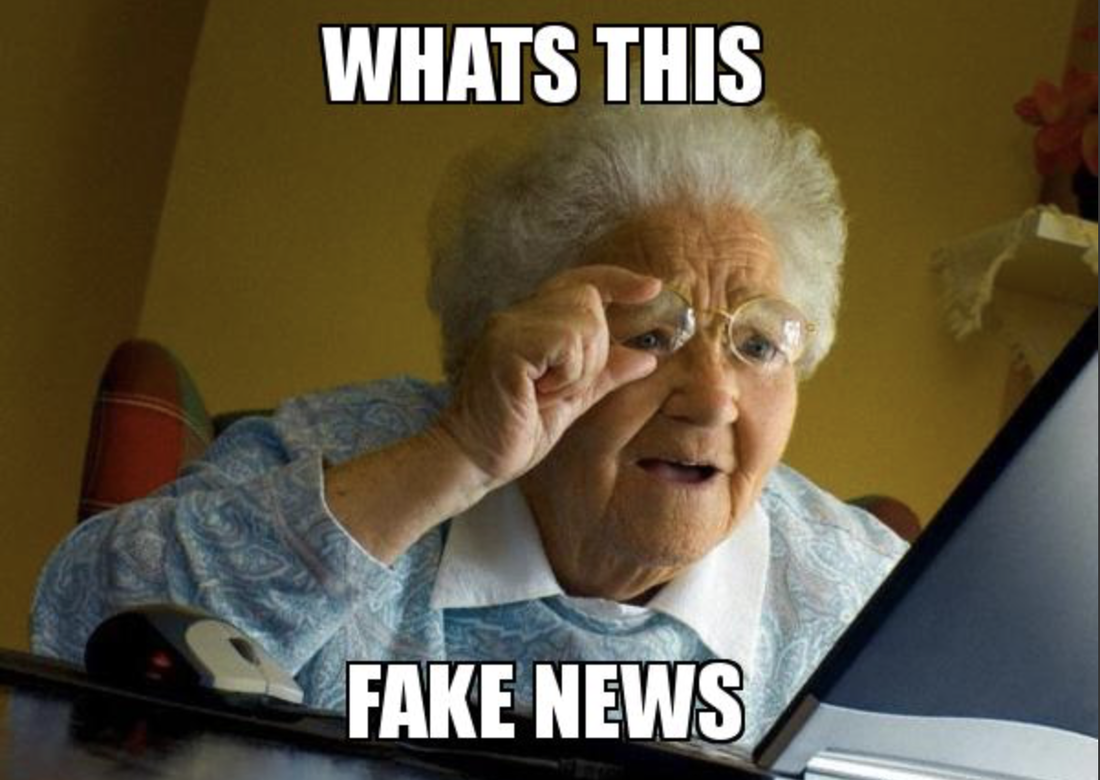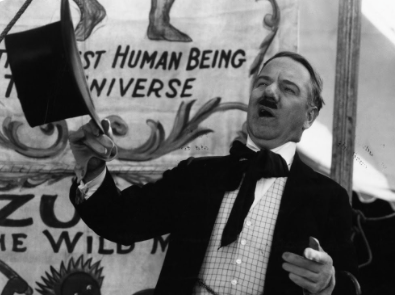The silly schemers behind the "22 shovel ready transmission projects" have finally recognized that there are two distinctly different types of transmission, traditional and merchant. Can we get a hallelujah, boys and girls? I'm guessing that they got a little worried that someone might recognize their lies, and that regulators certainly aren't going to fall for them. So, they issued a new "report." There's more "reports" in there than a 7th grade Social Studies class! However, their "we meant to do that" ass-cover report does nothing but make excuses for their ignorance. Do they really think regulators are going to buy this nonsense?
ACORE says that investment tax credits for transmission can be used by either type of transmission project.
Traditional: The tax credits lower the cost of the transmission project and lower the amount captive ratepayers must pay for cost-of-service rates. *
Merchant: The tax credits lower the amount of money the transmission owner needs to recover through rates, therefore the transmission owner can "offer" lower rates to voluntary customers it negotiates with, making the project more likely to find customers and be built.
Say what? This is the biggest bunch of misleading propaganda I've read in a while. Does ACORE really think regulators are going to buy that?
The tax credit would stimulate both of the main types of transmission projects—regulated rate- based projects and “merchant” lines whose costs are recovered through negotiated or market- based capacity reservations. In the case of regulated lines, a utility or Regional Transmission Organization (RTO) would allocate the costs through a state or federal (FERC) regulatory process across a set of wholesale or retail customers. In that case, the tax credit would reduce the costs paid by those customers and make the cost allocation and approval process easier so more projects can move forward. In the latter case of merchant projects, the transmission capacity reservation costs that developers need to recover from wholesale customers would be reduced by the tax credit. This would allow the transmission developer to offer a more attractive price to customers, increasing the odds of success.
And while you're scheming up your new scheme, don't lose sight of the fact that merchant transmission accepts all risk. Any subsidization of merchant projects invalidates their merchant status and ability to fairly negotiate rates. You can't give government or other handouts to merchant transmission and still call it merchant. If you want to do that, we're going to have to regulate merchant transmission rates. So, which is is going to be?
*The schemers have turned traditional transmission rates into Robin Hood Rates by replacing the current system of beneficiary pays with a new system where taxpayers fund the electric system based on income. This upends the way utilities are paid for, and wrecks the regulatory system.
By reducing the cost of electricity, a transmission tax credit can significantly reduce the burden of electricity costs on lower-income Americans. Electricity costs are regressive in that they hit the lowest income Americans disproportionately hard. Electricity accounts for 3.7 percent of total household expenditures for lower-income Americans, versus only 1.4 percent for the highest-income Americans. This is because electricity is a necessity for many aspects of modern life, so the poorest Americans can only reduce their electricity consumption to a limited extent. Unlike other products, it is not possible to use a lower-cost substitute, as a kiloWatt-hour used by a lower-income family is the same and costs the same as one used by a higher-income family. In addition, lower-income Americans have less ability to invest in cost-saving energy efficiency upgrades. As a result, those in the highest 10 percent income bracket only spend twice as much on electricity as those in the lowest 10 percent bracket; for other goods, those in the top 10 percent spend nearly six times as much.In contrast, the federal taxes used to offset the cost of a transmission tax credit are much more progressive, with the top 10 percent of earners paying 60 percent of total federal taxes, and the bottom 30 percent paying negative tax rates due to policies like the earned income tax credit. As a result, a transmission tax credit that moves costs from utility bills to tax bills is very progressive.
You cannot change regulated electric rates into some Robin Hood system based on income, race, or political affiliation by shifting the cost responsibility for electricity from ratepayers to taxpayers. I think this idea might just be laughed out of regulatory venues. Again, belly up to the bar... more ideas, more reports, more spinning your wheels doing dumb things.
The "macrogrid" just isn't going to happen.










 RSS Feed
RSS Feed